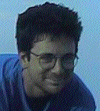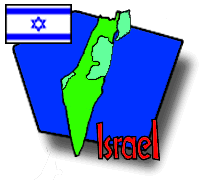Person of the Day: ORT School System
- 39 King David Blvd.
- Tel Aviv 61160
- Tel: +972.3.520.3566
- Fax: +972.3.522.0677
- Email: gideon@ort.org.il
- Web site: www.ort.org.il/en
- Tel Aviv 61160
Place of the Day: 'Akko
Group Dispatch, January 21–22


Questions? Ask Anthony ![]() !
!
Return to Fast Facts
 |
 |
 |
 |
 |
|
Itinerary/ Journal |
Discussions |
About Israel |
eDscape Projects |
Scrapbook |
|
|
|
|
|
|
|
Copyright 1997-2004 BikeAbout. All rights reserved.
